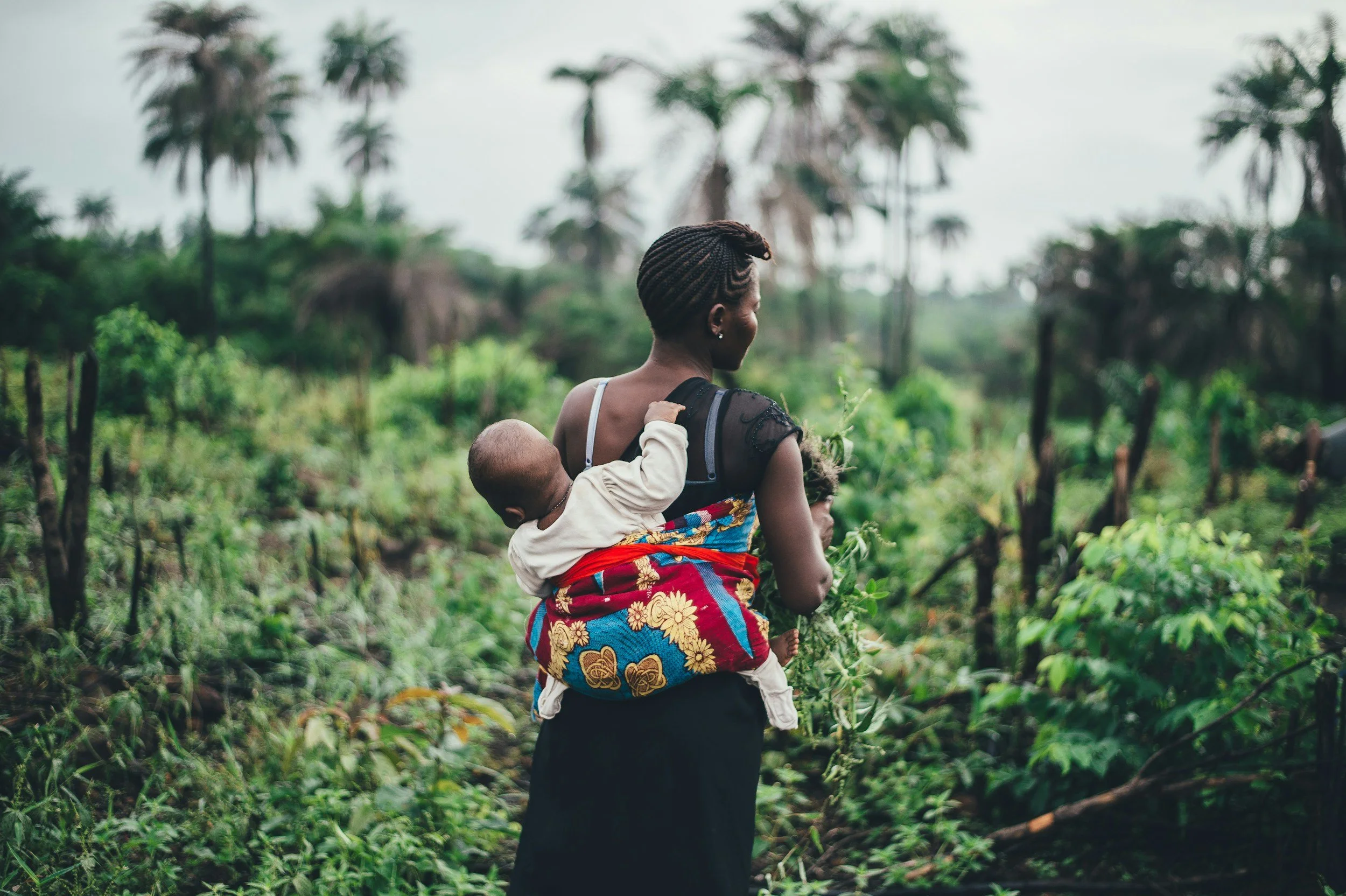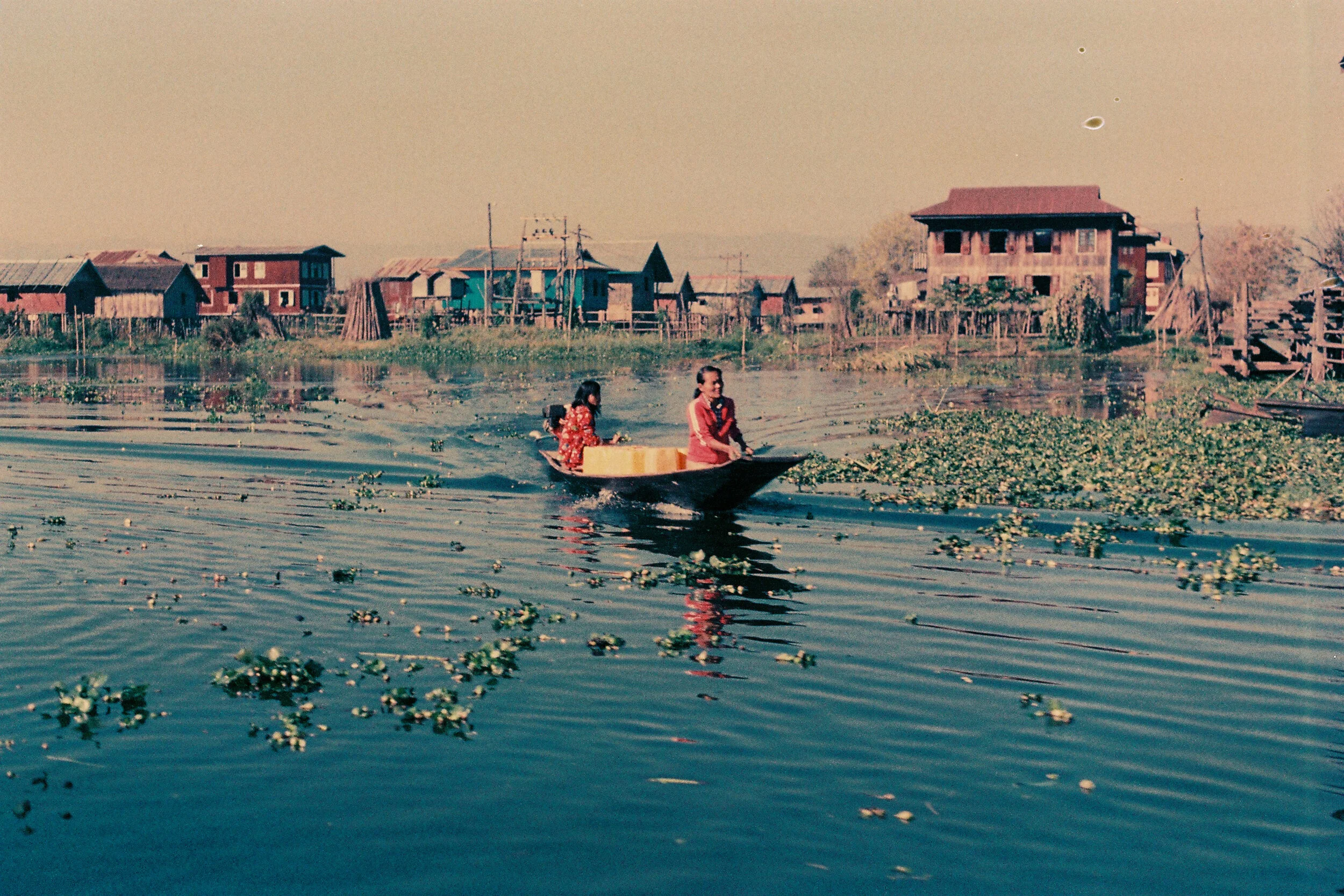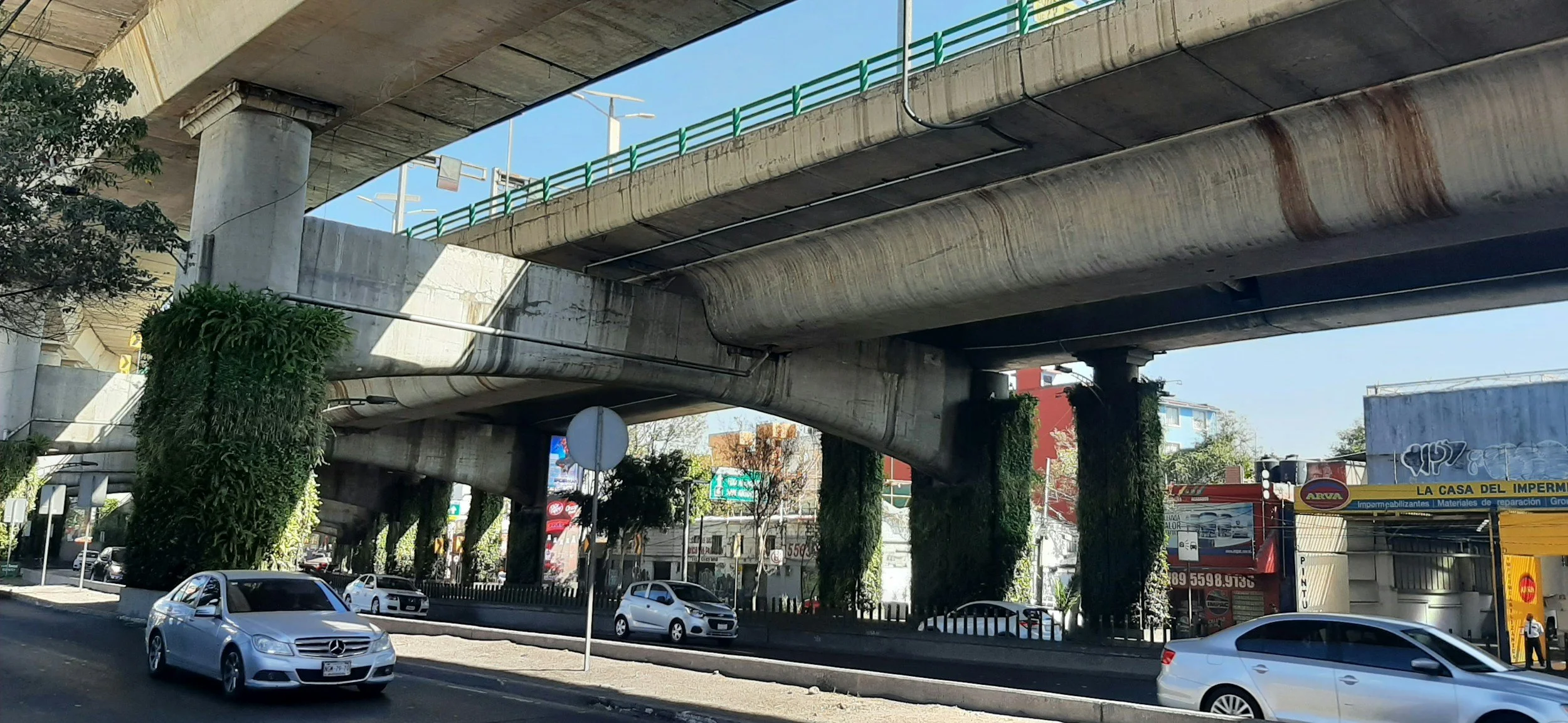Mobile money in Senegal illustrates leapfrogging’s promise and limits. Freed from legacy systems, platforms like Wave and Orange Money expand inclusion via agent networks, enabling payments, remittances, and microcredit. Yet adoption creates uneven access, relies on imported phones, foreign telecoms, and offshore data centers, embedding dependency and potential digital colonialism. Evidence shows income and resilience gains, but long‑term development hinges on control of infrastructure, data sovereignty, and local capability building. Without structural transformation and supportive international conditions, reliance on external capital and technology can deepen vulnerabilities. Foresight and governance should steer innovation toward resilience, equity, and agency, not extraction alone.
Future of Aid 2040 Report Launch in India: Navigating Uncertainty and Inequality
One month after the Future of Aid 2040 report launch in New Delhi, hosted by IARAN, START Network, CHL, and the Humanitarian Hub, discussions continue across Berlin and Bogotá. The report envisions a reimagined aid system by 2040 centered on inclusivity, local leadership, and collective action. Key voices—including Sneha Mishra, Anuj Tiwari, Rajesh Kapoor, Vasundhara Pandey, and Manu Gupta—called for equitable resource distribution, decentralized decision-making, and stronger community ownership. AIDMI emphasized integrating local knowledge and the evolving role of AI to enhance future aid delivery and resilience.
Local CSOs’ terrifying triumph: the birth of a locally-led humanitarian future in Indonesia
“The baby is in our hands — and I am terrified.
The fight to gain power was one challenge. The responsibility that follows is far greater. Leadership has shifted to local CSOs, but no resources came with it. No plan for capacity strengthening. No donor message saying, ‘This is the system you must support.’ If we create babies malnourished from the start, we risk watching them die before they grow — and the true victims will be the communities we serve.”
— Puji Pujiono, Senior Adviser, Pujiono Centre
Redefining development models in the Sahel: The case of Burkina Faso
Following a 2022 coup, Burkina Faso's leader, Ibrahim Traoré, has championed pan-African and anti-imperialist movement. He's nationalized mining assets and established state-owned companies, rejecting international institutions like the IMF. Traoré's government has also expelled French troops and formed new alliances, including with Russia. These policies reflect a broader pushback against neocolonial influence, aiming for self-sufficiency and regional solidarity, although risks like corruption and new dependencies are a concern.
The breaking point
In a world facing "polycrisis"—overlapping, prolonged crises—the real challenge isn't just the shocks themselves, but our collective inability to perceive and respond to them effectively. These crises, whether economic or environmental, build up slowly and unnoticed until they reach a breaking point. As John Maynard Keynes observed, the public often overreacts with "excessive fears" to events they previously ignored, showing a lack of "reasonable anxiety" when it was needed. Economist Gabriel Palma described a three-phase cycle: a period of "lack-of-awareness" where problems grow, followed by a moment of "awareness" and panic, which ultimately gives way to a "new form of lack-of-awareness" where the initial fear fades and the underlying issues are forgotten again. This cycle of denial and reaction makes it difficult for societies to address the root causes, leading to flawed, reactive policies instead of lasting structural repairs.
Rethinking Human Resources: A Strategic Lever in a Shifting Humanitarian Landscape
The international aid system faces unprecedented transformation. INGOs must adapt to a fragmented, polycentric aid landscape marked by shrinking funding, localization pressures, and emerging local actors. Human Resources (HR) functions are central to this shift. Outsourcing HR is no longer a stopgap but a strategic response—enhancing flexibility, cost control, and quality. Decentralizing HR empowers field operations while preserving organizational coherence. Internal HR evolves into a strategic steward, focusing on talent management and organizational values. As humanitarian aid becomes more territorial and fragmented, robust, adaptive HR models will be vital to sustain impact and relevance in an uncertain future.
The Awakening of Global South Leadership in a Drastically Changing Humanitarian Context
Amid systemic disruption and the unraveling of traditional aid paradigms, a transformative form of leadership is emerging from the Global South. Rooted in Indigenous knowledge, communal values, and contextual intelligence, this leadership model challenges entrenched power asymmetries and redefines humanitarian effectiveness. It does not seek to replicate Northern models, but instead cultivates authentic, regionally grounded responses shaped by collective wisdom and mutual accountability. This new leadership embraces complexity, fosters North-South symbiosis, and prepares for an increasingly multipolar humanitarian landscape. In doing so, it offers not only adaptation—but the foundation for a more just, inclusive, and sustainable future for humanitarian action.
Invisible Infrastructure: Reimagining Infrastructure Mapping for Humanitarian Intervention in Contemporary Sudan
OpenStreetMap emerges as a crucial tool in addressing the humanitarian crisis in Sudan, where traditional aid efforts overlook peripheral communities and critical infrastructure remains unmapped. Hernández highlights how this participatory mapping platform can help bridge visibility gaps, allowing local actors to contribute vital geographic data. The article envisions four possible futures shaped by the intensity of conflict and access to open mapping tools: (1) High conflict with minimal access leads to continued invisibility of rural communities; (2) Low conflict with limited access risks long-term neglect of peripheral areas; (3) High conflict with ample access could enhance response coordination despite violence; and (4) Low conflict with broad mapping use enables inclusive recovery.
The shifting global order and the Future of Aid: a call for transformation
In light of recent geopolitical shifts, the humanitarian sector is experiencing significant changes. The « To Each Their Playing Field » scenario from The Future of Aid: INGOs in 2030 report anticipates a fragmented humanitarian landscape, with decentralized responses and diverse actors beyond traditional INGOs. To remain relevant, INGOs must accelerate localization efforts, empowering regional partners and redefining their value propositions. This transformation is crucial to effectively navigate the complexities of a multipolar world and continue delivering impactful humanitarian assistance.
Crisis humanitaria y violencia armada en el Congo: Una lucha por el control de recursos y territorios
The conflict in eastern Democratic Republic of Congo (DRC) has spanned four decades, marked by escalating violence and the resurgence of armed groups like M23. Rooted in political instability since the 1990s, exacerbated by foreign interventions and regional conflicts, the crisis has displaced over seven million people, creating dire humanitarian needs. Despite international calls for action, support remains insufficient. Future scenarios hinge on addressing core issues like resource control, regional tensions, and governance reform. Potential paths include continued conflict, systemic collapse, gradual stabilization, or transformative peacebuilding efforts driven by local and international cooperation.
El Futuro de la Crisis Alimentaria en Myanmar
Myanmar's enduring conflict and political instability have severely impacted food security, with 15.2 million people facing hunger, including 12.9 million in severe conditions. Armed violence, displacement, and climate disasters, such as Cyclone Mocha, have disrupted agriculture and supply chains, leaving rural communities especially vulnerable. Humanitarian efforts remain underfunded, reaching only 40% of the targeted population in 2024. Projections suggest food insecurity will worsen, potentially affecting over 20 million by 2028. Limited access to resources, rising food prices, and environmental degradation exacerbate the crisis. Urgent action, including improved humanitarian access and investment in climate-resilient agriculture, is critical to mitigate worsening conditions.
Data without borders: Refugee privacy in a digital world
In our digital era, safeguarding personal data is a challenge for everyone, but for refugees, it’s a matter of survival. Aid organizations and governments often hold sensitive information, from birthdates to fingerprints, to provide critical assistance. However, mismanagement of these systems can lead to severe consequences, such as discrimination or exploitation. Refugees face unique vulnerabilities as they cross borders, navigating diverse legal frameworks with inconsistent protections. To ensure their safety and dignity, privacy protections must evolve. Emerging technologies like blockchain and unified global standards offer promising solutions, empowering refugees to control their data and ensuring their privacy across borders.
Future of Aid 2040: Pathways to Transformation
Building on the success of the Future of Aid: INGOs in 2030 report, IARAN and CHL start the launching of this new study to explore transformative pathways for aid by 2040. With a focus on digitalization, disaster resilience, and decolonizing aid, the project will provide foresight scenarios and a toolkit for systemic transformation. Guided by a dedicated Steering Committee and using methodologies like La Prospective and Causal Layered Analysis, it empowers actors to navigate change collaboratively.
The future of humanitarian NGOs: implementing a risk management framework
NGOs today need modernized structures and governance to remain effective and competitive. A proactive approach to risk management—covering identification, assessment, mitigation, and monitoring of risks like cybersecurity, climate change, and ESG factors—is essential for resilience. Governance within ESG is especially vital for sustainable financing. Transparency and compliance, alongside skills in strategic planning and risk management, strengthen reputation and stakeholder trust. As NGOs adapt to a rapidly changing environment, a tailored risk management approach helps ensure operational stability, financial health, and the continued effectiveness of their missions amidst complex global challenges.
The struggle between Growth and Natural Conservation in the Global South
This article delves into the critical tension between economic development and environmental preservation in some of the world's most vulnerable regions. By analyzing recent trends and leveraging strategic foresight, we provide a comprehensive overview of potential future scenarios and their implications. This piece for professionals and academics interested in understanding the evolving dynamics of sustainable development. Whether you are seeking to stay ahead of the curve or simply broaden your knowledge, this article offers valuable insights and actionable takeaways.
South Asia’s Escalating Climate Crisis: Confronting the Displacement Dilemma
Rising sea levels, soaring temperatures, dwindling resources, and extreme weather events have inundated our headlines this decade. As the climate crisis intensifies, its impact on human displacement is also becoming increasingly evident. While the awareness of climate-related adversities is gaining traction globally, international law is yet to provide a legal framework for those displaced by severe climatic events. The term ‘climate refugees’ remains largely unrecognized under international humanitarian law since most climate-induced migration is localized within national borders. This gap in legal recognition becomes increasingly concerning as projections indicate that around 1.2 billion people may be displaced by 2050 due to climate-related disasters.
Futures of Mobility in Mexico City
The "Doble Hoy No Circula" initiative has been an important measure to mitigate air quality within Mexico City's Comprehensive Program Against Atmospheric Pollution (PICCA). This measure was implemented as an urgent response to the growing air quality crisis. It current model began in 2014, aiming to restrict the use of private vehicles on specific days to reduce pollutant emissions and improve public health. In a megacity like Mexico City, where mobility and pollution are interconnected, policies like this affect not only the environment but also the health and well-being of its inhabitants.
Navigating the Triple Nexus: Leveraging Diplomatic Synergies for Health Systems Strengthening
The article titled "Navigating the Triple Nexus: Leveraging Diplomatic Synergies for Health Systems Strengthening" addresses the vital interplay between diplomacy and health system support in conflict-ridden areas. Through the lens of Humanitarian Diplomacy (HD) and Global Health Diplomacy (GHD), the piece advocates for a nuanced, integrated approach embodied by the Humanitarian-Development-Peace Nexus. This approach seeks to unify immediate relief with long-term development and peace efforts, using diplomacy as a tool to navigate the complex challenges faced by health systems in such settings, thereby ensuring sustainable health improvements and the safeguarding of human rights.
Digital transformation: Accelerating Universal Health Coverage (UHC) in humanitarian settings.
In this article, Miguel Castillo, a healthcare professional with over 10 years of experience at field level and hospital-based facilities in conflict-affected, developing and western countries, discusses his experience during the Rohingya crisis, highlighting the critical role of digital solutions in enhancing healthcare in humanitarian settings. The COVID-19 pandemic accelerated the adoption of such technologies, improving healthcare coverage globally, including in crisis-affected areas. The focus is on the digital transformation of health services, emphasizing the importance of technological infrastructure and the challenges in transitioning to digital systems. Key aspects include the expansion of 5G technology and increased smartphone accessibility, especially in low-and-middle-income countries. The article projects a significant rise in smartphone adoption by 2030, driven by affordability, and explores how these advancements improve health coverage in humanitarian situations.
Humans and machines, imagining futures together
This article explores the integration of generative artificial intelligence (AI) in foresight practices. Foresight, at its core, involves diverse perspectives envisioning future scenarios. Matthew Thomas, as part of the British Red Cross, discusses the rapid use of AI tools, specifically ChatGPT, Bing AI, and Perplexity, to sketch scenarios with a case study related to the UK's cost of living crisis. Although, initial results were unimpressive, with limitations in scenario generation, the article highlights the potential for AI to augment foresight practice, aiding in analysis and content generation for scenario creation.




















